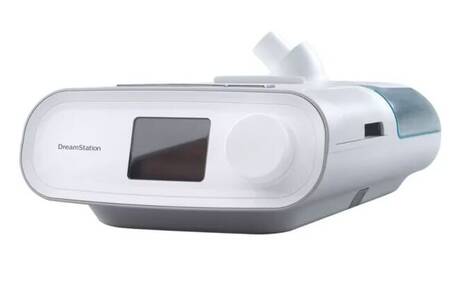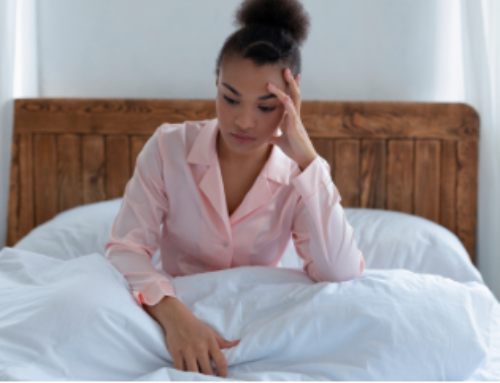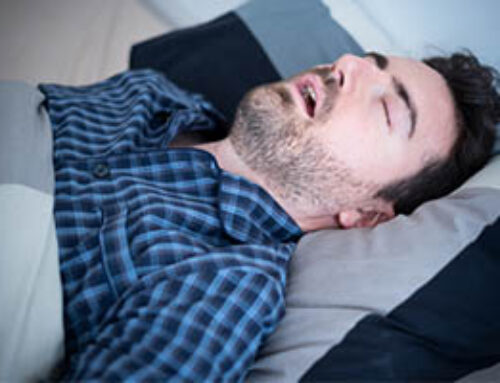On June 14, Philips issued a voluntary recall for specific Philips Respironics devices. These include CPAP and BPAP devices to treat obstructive sleep apnea. Here are answers to some frequently asked questions about the recall.
Where can I find information about the recall?
The recall notification is posted at philips.com/src-update. Also, the FDA has posted responses to several questions about the recall. Read FAQs from the FDA.
How do I find out if my PAP machine has been recalled?
You can start by viewing a list of recalled devices on the Philips website. To confirm that your device has been recalled, you need to visit the Philips registration site to register your device. The website will give you instructions on how to locate the serial number of your device. It also will guide you through the registration process. You can contact Philips at [email protected] or (877) 907-7508 for additional help.
View a video on how to register your device:
Will Philips replace my PAP device?
Philips has stated that it will repair or replace recalled devices. Philips is replacing some devices with new DreamStation 2 machines. These devices have a different, silicone-based foam that is not included in the recall. Philips also plans to repair some recalled devices by changing the foam. Philips stated in September 2021 that the company intends to complete the repair and replacement programs within approximately 12 months.
If my device has been recalled, should I stop using it?
An FDA safety communication advises you to talk to your health care provider to decide on a suitable treatment for your condition. Your medical provider can help you determine if you should continue or discontinue treatment. Your provider may prescribe a new PAP device for you. Your provider also may discuss other treatment options with you.
Why were the devices recalled?
Philips indicates that there were reports of black particles being found in the tubing, mask, and around the connections to the device. These particles are from foam inside the machine that is used to keep it quieter. The concern is that these particles may be inhaled when the device is being used. This could result in problems such as headaches, asthma, and nausea. Testing by Philips also has found that there are VOCs (volatile organic compounds) that are being released into the airflow from the CPAP device foam. These are not yet known to have caused medical issues, but the FDA is concerned about what this may cause in the future. Since this is a new concern, Philips is collecting data to better understand the potential risk of this foam.
The FDA notes that between 2014 and April 2021, Philips submitted 30 medical device reports (eight from the U.S.) they identified as related to foam breakdown. Prior to April 2021, the FDA did not receive any medical device reports of patient injury or harm related to foam breakdown. Since April 2021, the FDA has received more than 3,000 medical device reports related to foam breakdown.
What does this have to do with ozone cleaners? How should I clean my PAP device?
Philips reports that the foam used to keep the devices quieter breaks down quicker when exposed to high heat, high humidity, and non-approved cleaning devices that use ozone. The FDA recommends that you follow the cleaning instructions provided by the PAP manufacturer. These directions normally include regular cleaning of your mask, cushions, tubing and water chamber with soap and water. PAP manufacturers also recommend changing your PAP filter on a regular basis. An FDA safety communication warned that you should avoid cleaning your PAP machine or accessories (such as masks, tubing, headgear) with any device that uses ozone gas or UV light. According to the FDA, it is unknown if these cleaners are safe and effective. See the FDA consumer update for more details. Additionally, Philips released cleaning and inspection instructions for existing accessories.
Updated Nov. 19, 2021





